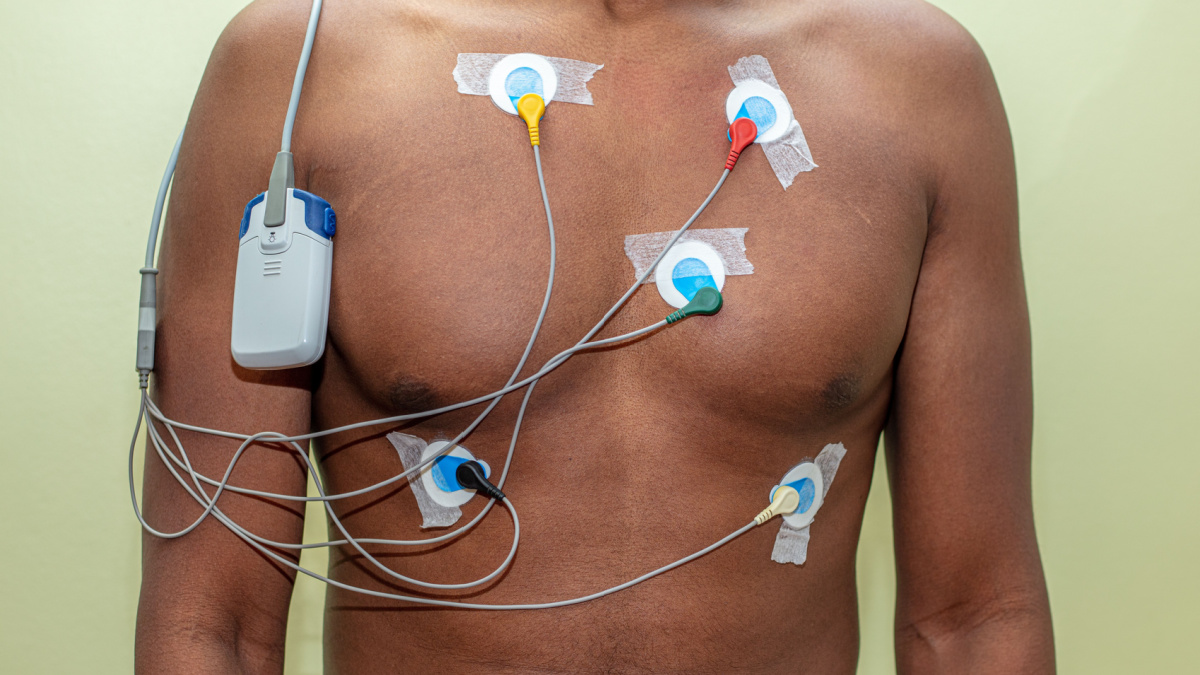Physical examination is a crucial aspect of maintaining good health. It allows healthcare professionals to detect any potential health issues before they become serious problems. A thorough physical examination can help identify risk factors for chronic diseases such as heart disease, diabetes, and cancer. Additionally, physical examinations can aid in the early detection of illnesses such as infections, autoimmune disorders, and neurological conditions.
Moreover, physical examinations provide an opportunity for healthcare professionals to communicate with their patients about their health status and any necessary changes to their lifestyle. By discussing topics such as diet, exercise, and stress management, healthcare professionals can help their patients improve their overall health and prevent future health complications.
Preparing For A Physical Examination
Preparing for a physical examination is an important step towards ensuring that you get the most out of your appointment with your healthcare provider. Before your appointment, it is important to make a list of any concerns or symptoms you may be experiencing, as well as any medications or supplements you are currently taking. This information will help your healthcare provider to better assess your overall health and identify any potential health concerns.
In addition to preparing a list of your concerns and medications, it is also important to wear comfortable clothing and avoid eating or drinking anything for a few hours before your appointment, as this may affect certain test results. Additionally, it is important to arrive at your appointment on time and with all necessary paperwork and identification, as this will help to ensure that your appointment runs smoothly and efficiently. By taking these steps to prepare for your physical examination, you can help to ensure that you receive the best possible care and that any potential health concerns are identified and addressed promptly.
What to Expect During a Physical Examination
During a physical examination, your healthcare provider will perform a series of tests and assessments to evaluate your overall health. This includes checking your vital signs, such as blood pressure, heart rate, and temperature, as well as examining your eyes, ears, nose, throat, lungs, heart, abdomen, and skin. Your healthcare provider may also order additional tests, such as blood work or imaging tests, if necessary.
It is important to note that physical examinations can vary depending on age, gender, and medical history. For example, women may undergo a pelvic exam and breast exam, while men may have a prostate exam. Additionally, individuals with specific health concerns or risk factors may require more extensive testing. Overall, physical examinations are an important tool for maintaining good health and detecting potential health problems early on.
Common Tests And Procedures During A Physical Examination
During a physical examination, your healthcare provider may perform a variety of common tests and procedures to assess your overall health and detect any potential medical issues. These tests may include measuring your blood pressure, checking your heart rate and rhythm, examining your eyes, ears, nose, and throat, and listening to your lungs and abdomen. Your provider may also perform a neurological exam to assess your reflexes and coordination, and a skin exam to check for any abnormalities or signs of skin cancer.
Other common tests and procedures during a physical examination may include blood tests to check for cholesterol, glucose, and other markers of health, as well as urine tests to check for kidney function and the presence of any infections. Your provider may also perform a breast or testicular exam, depending on your gender, and may recommend additional screenings such as a mammogram or colonoscopy based on your age and other risk factors. Overall, these tests and procedures are an important part of maintaining your health and detecting any potential issues early on.
Interpreting Physical Examination Results
After the physical examination is over, a healthcare provider evaluates the patient’s physical appearance, vital signs, and body systems to identify any abnormalities or signs of illness. The results of the examination can help the healthcare provider make an accurate diagnosis and develop an appropriate treatment plan.
Interpreting physical examination results requires a thorough understanding of anatomy, physiology, and pathophysiology. A healthcare provider must be able to recognize normal and abnormal findings, such as abnormal heart sounds or enlarged lymph nodes. They must also be able to determine the significance of these findings and how they relate to the patient’s overall health. Accurate interpretation of physical examination results is essential for providing effective medical care and improving patient outcomes.
The Role Of Physical Examination In Disease Prevention
Through a thorough physical examination, healthcare professionals can identify early signs and symptoms of diseases that may not show any obvious symptoms. This can help in the early detection of diseases such as cancer, heart disease, and diabetes, which can significantly increase the chances of successful treatment and recovery.
Moreover, physical examination also provides an opportunity for healthcare professionals to assess a patient’s overall health and wellbeing. This includes checking vital signs, evaluating the patient’s physical fitness, and assessing any risk factors that may contribute to the development of diseases. By identifying and addressing these risk factors, healthcare professionals can help patients make lifestyle changes that can improve their overall health and reduce their risk of developing chronic diseases. In conclusion, physical examination is an essential tool for disease prevention and plays a vital role in maintaining overall health and wellbeing.
Physical Examination For Different Age Groups And Populations
Physical examination is a crucial part of medical diagnosis and treatment, and it varies depending on the age and population of the patient. For infants and young children, physical examination involves assessing their growth and development, checking for any abnormalities in their organs, and monitoring their vaccinations. Adolescents and adults require a more comprehensive examination, which includes checking for chronic diseases, assessing their lifestyle habits, and performing routine screenings. For elderly patients, physical examination focuses on identifying age-related health issues, such as vision and hearing problems, cognitive decline, and mobility issues.
Physical examination also varies depending on the population being examined. For example, pregnant women require specialized examination to monitor the health of the fetus and the mother, while athletes require a more detailed examination to identify any injuries or potential risks. Patients with chronic diseases, such as diabetes or heart disease, require regular physical examination to monitor their condition and prevent complications. Overall, physical examination plays a crucial role in maintaining the health and wellbeing of individuals across all age groups and populations.
The Vital Role of Physical Examination in Maintaining Good Health
Physical examination plays a vital role in maintaining good health. It is an essential part of preventive healthcare that helps identify potential health problems before they become serious. Physical examination allows healthcare professionals to assess a patient’s overall health and detect any abnormalities that may require further investigation or treatment.
Moreover, physical examination is a valuable tool for monitoring chronic conditions and managing existing health problems. Therefore, regular physical examination is crucial for maintaining good health and preventing serious health complications.




